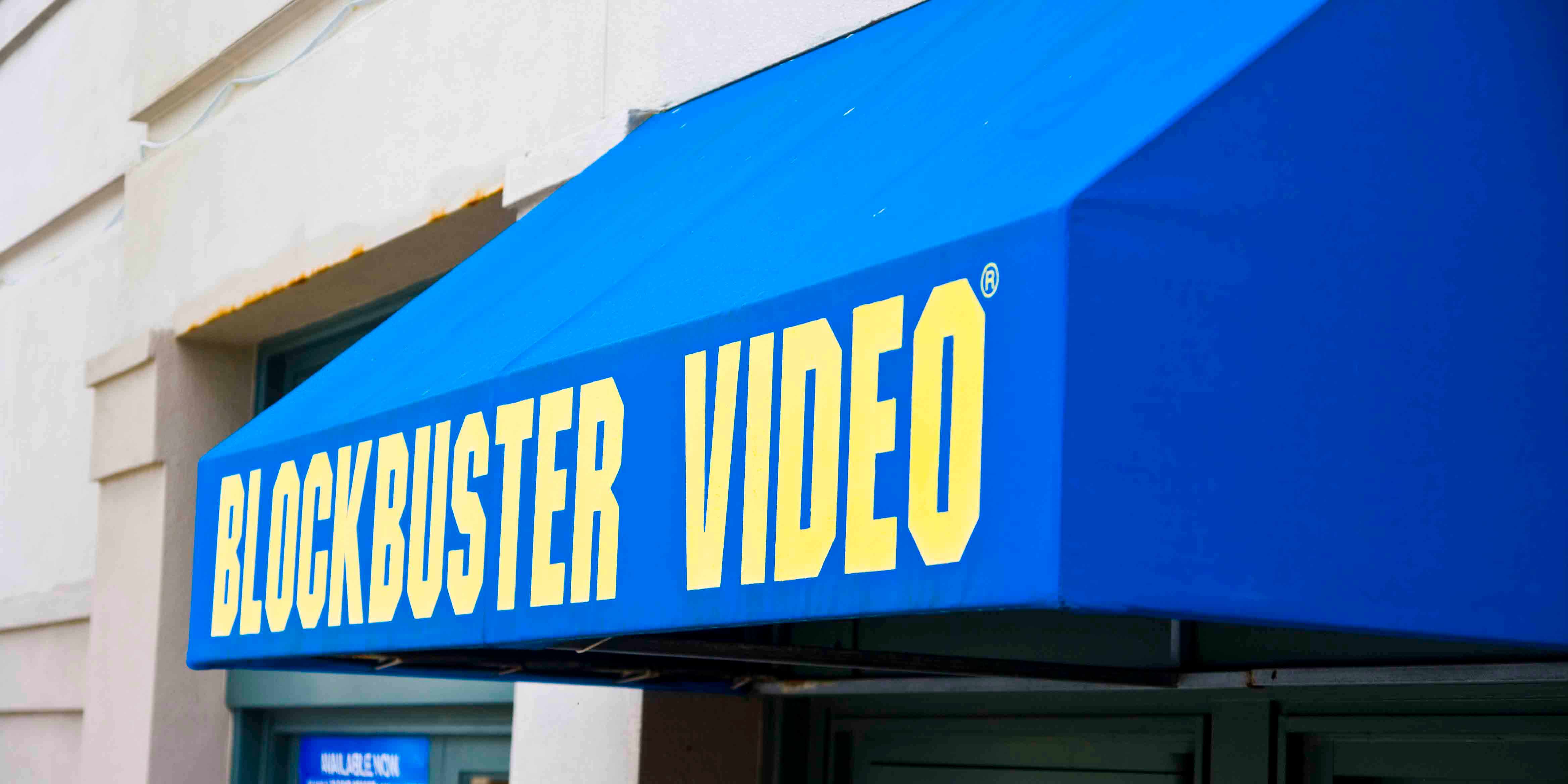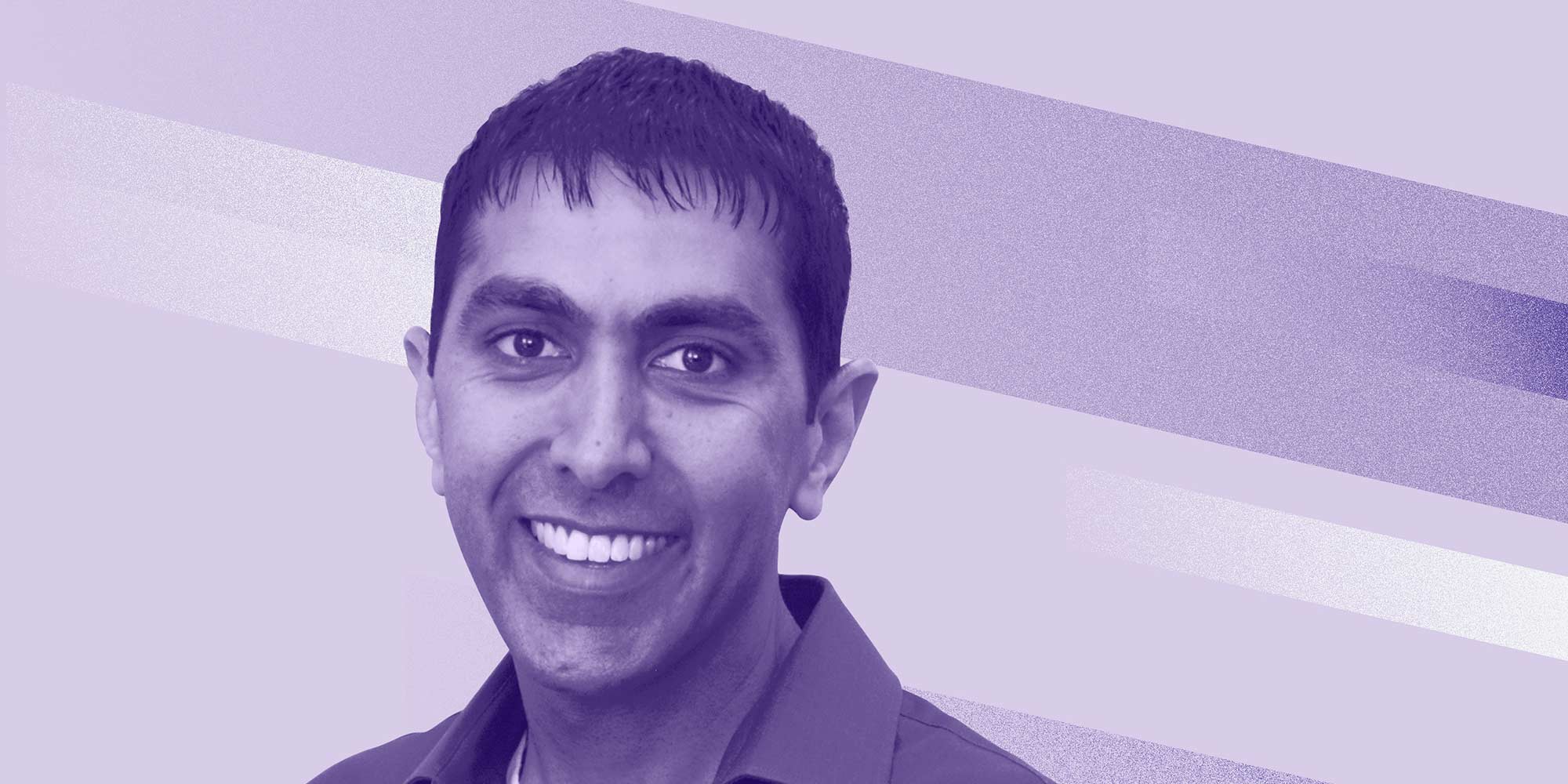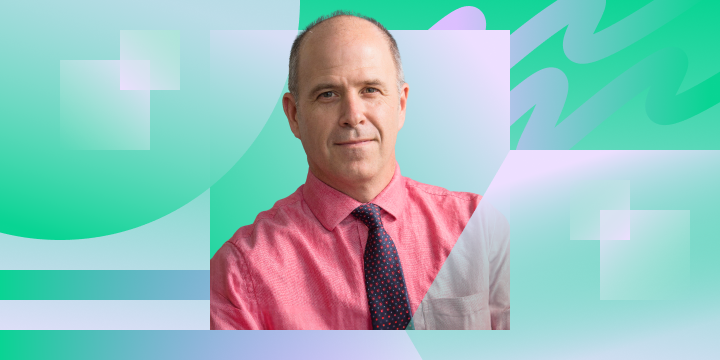In our recurring series “Academic Admissions” we ask interesting people to tell us about the transformative role education has played in their lives. Here, Neil Garg talks about how his teaching style perfectly bonds old-school lecturing with technology and tells us how early retail jobs became a catalyst for building the relationship skills he needed to grow as a teacher.
Neil Garg is Professor of Chemistry at University of California, Los Angeles, and holder of the Kenneth N. Trueblood Endowed Chair in Chemistry and Biochemistry. As well as the groundbreaking research in his lab, he teaches the introductory course Chemistry 14D: Organic Reactions and Pharmaceuticals, which is so popular that students will spend the entire lecture standing just to attend.
A passionate advocate for equality in learning, Garg’s other projects include an online learning portal called BACON, a molecule visualization app called QRChem and even a children’s organic chemistry coloring book. He’s also famous for asking his students to create chemistry-themed music videos, which are marked on the quality of the science therein.
I grew up in a place called East Fishkill, in New York state. My parents were both from India. My father emigrated to Canada for graduate school. He got a PhD from the University of New Brunswick in chemical engineering and he worked at Union Carbide as a chemical engineer. My mother earned a degree in mechanical engineering and worked at IBM. I have an older brother who was pretty scientifically inclined. So from childhood, the sciences were very valued in our household.
I attended public schools growing up and overall I think I had great teachers. I did well in school, but I wasn’t sure what I wanted to be. It’s tough to know what you want to do career-wise when you’re a kid. Kudos to whoever does know that about themselves at such an early age. For me, things were different. I didn’t think that just because I was good at something, that it automatically led to a specific job.
Speaking of jobs, I had a couple as a high school student. One summer during high school, my friends and I worked for the town of East Fishkill doing the dog census. You know how they have a people census? Well, we did the dog one. We had maps of the town and we’d divide and conquer different streets. We’d knock on the doors and say “Hi, I’m conducting the dog census for East Fishkill. As long as your dogs are properly licensed, there are no fees. Could you tell us how many dogs you have please?” We got paid 75 cents for every dog we found. It was sort of a ridiculous job but it was a really fun way to spend a summer with friends.

I also sold knives for Cutco. At the time, minimum wage was under five bucks an hour. I spotted these signs that screamed “High school and college students, make $20 an hour.” So I called them up and started selling knives.
They’re great knives, by the way. My wife and I have a set we still use. We totally drank the Kool-Aid.
What was interesting about that job was it was my first real experience with customer service. Cutco gave us a lot of training in customer service, which was so valuable. I learned how to interact with people, how to sell things and how to present things.
The other job I had was at Blockbuster Video. Rest in peace, right? But that job also required me to regularly interact with people—and not just the people you work with, but all of the different types of customers. There’s definitely a customer service aspect to academia, especially as a professor. I spend a lot of time interacting with students, parents, faculty etc. I couldn’t connect the dots going forward, but I definitely think all the customer service training I received at Blockbuster and Cutco have only had a positive effect on my academic career.
The road to chemistry
After high school, I went to NYU to study as a pre-med. I think that’s a fairly common route for people who did well in the sciences in high school, so that’s what I did. With pre-med, you have to take a bunch of required courses like biology, chemistry and physics. During orientation, they spring a surprise placement test on you, to gauge your ability in all those classes. My test results said I was qualified to take the honors chemistry class. I knew that even though honors chemistry was going to be harder than the regular chemistry class, it would likely also be much smaller. I thought that would mean more personalized attention and that I might end up doing better as a result of that.
Well, it wasn’t exactly smooth sailing. It was so hard, I decided to drop it. I set up an appointment with the pre-med advisor who said, “Stick it out. Take the first test and then see how you do.”
I took the first test and ended up getting the highest grade in the class. I’d gone into it pretty casually because I thought I was going to drop it anyway. I think that worked to my advantage—I had this mentality of “I’ve got nothing to lose.”
Doing well on that test gave me a huge confidence boost. I became a lot more engaged in the course. I’m very grateful to whoever that advisor was. Yet, even after that experience, I didn’t know I wanted to be in the chemistry field for the long haul. The reason I majored in it—this will sound bad—but it was because if you declared a major in chemistry you could register a week early, which meant you were almost guaranteed to get into the classes you wanted. That’s the reason I became a chemistry major.
I feel a little bad about that, but… it worked out fine, right?
I used my time at NYU to try lots of things. I was a teaching assistant and I really enjoyed it. I also performed years of undergraduate research with Professor Marc Walters and loved that. And I worked in one of the dorms, so I was always, again, interacting with people. As I progressed through my degree, I was still completing the requirements for going to medical school, but it wasn’t really what I was committed to. In my fourth year, I took some graduate level organic chemistry classes. And that’s when it really clicked for me. That was when I knew I wanted to pursue organic chemistry further. I never ended up taking the MCAT. Instead, I applied to a lot of schools and I got accepted to CalTech, so I went there.
Academia versus industry: the choice
I spent five years at Caltech completing a PhD in Organic Chemistry. It was awesome. I tried to save money based on affordable textbooks. Coming from undergrad where you’re spread in a lot of different directions and are doing so many things, it was a huge change to have to narrow your scope. In graduate school, you’re laser-focused on one thing. And everybody was pretty intense and passionate about what they were doing. It was an amazing environment to learn in.
Throughout my years as a graduate student, I was thinking about my career path. When you’re a grad student studying what I was studying, the two common things that people do is they become a professor or they go work at a pharmaceutical company where they’re making medicines. Quite honestly, I saw myself doing just about anything.
I graduated from CalTech in 2005 and went on to do my postdoc at UC Irvine. During my time there, a grant opportunity came up where the winner was given three years of funding as a professor. But it’s awarded while you’re doing your postdoc. I applied for it and I got it. That whole process made me step into the role of professor. It built my confidence up.
In 2007, after my postdoc, I started my job at UCLA.
Generally speaking, professors split their time between teaching and research. I don’t see a big delineation between the two. Yes, the teaching part is usually done in a lecture hall, but I view it all as education. In my research lab, I may not be lecturing at my students, but it’s still a rich learning environment.
In terms of teaching, a common thing that big academic universities do is they have you teach the smaller graduate courses first. Because you’ve just come out of a postdoc, that higher-level material is fresh and you’re in a great position to teach it. The other reason it’s beneficial is because a lot of profs end up recruiting the grad students they teach to come work and do research with them.
Three years into my tenure at UCLA, I started teaching undergraduate organic chemistry courses. There are two main types: one for chemistry majors and one for non-chemistry majors. Some people feel very firmly that we should be focusing our efforts on teaching the chemistry majors, whereas I’ve kind of been the one pushing back on this and saying it’s important that we teach the non-chemistry majors as well.
No slides, but more technology
It’s been a little over a decade since I started teaching. It’s definitely changed. One of the biggest differences is that students have become more reliant on technology. They expect things to be given to them. I don’t hand out PowerPoint slides beforehand [in my classes] and there’s always that moment of them saying: “Wait a second. Where’s the PowerPoint? What happened? We have to take notes? I gotta come to class?”
The way I teach could be classified as slightly old-school, but I try to use modern technology to augment the class. I use clickers and I think the benefits of them are very clear, in terms of engagement, especially for a large class.
If students are engaged, they study. If they’re not engaged, they don’t care.
During one of my early years teaching a large undergraduate class, a student sent me a video of two guys rapping about chemistry in front of their webcam (yes, this was in the days of webcams!). I thought it was funny. I showed it in class to lighten the mood before an exam and made an off-the-cuff comment: “Hey, if anybody wants to do something like this for extra credit, let’s talk about it.”
And I got rushed at the front of the room. Everybody was saying, “You’re serious? Can we do this?”
I talked it over with the teaching assistants, came up with some guidelines and said, “All right, fine. Let’s do it.” It was just a little bit of an experiment. As researchers, we experiment with things. That’s one of the first things I learned in teaching, that it’s really important to experiment. If students are engaged with an idea, why not try it out?
Over the years, these videos have gotten so good—and so have the students in terms of the chemistry they can do. The tests are insanely hard—infinitely harder than anything I ever studied as an undergrad and, in some cases, as a graduate student—and these second-year non-chemistry majors can whiz through these problems. The project didn’t come without controversy. Some of my colleagues were thinking “What is this new professor doing?” But it had positive outcomes. It was clear to me that it helped the students learn. If students are engaged, they study. If they’re not engaged, they don’t care.
I’m a big supporter of innovation inside and outside the classroom. And my students never fail to surprise me. The newest thing we’ve done is called QR Chem. One of the things that students do in organic chemistry is they look at molecules that have a 3-D structure. They have to buy these plastic model kits. They’re supposed to go home and build these model kits and try to visualize them. It’s one of the reasons why organic chemistry is hard. It’s so abstract.
I had some really creative students that said, “Why do we have to have model kits? Doesn’t it seem like we should be able to visualize the molecules on our cell phones in 3-D without having to build them, and shouldn’t we be able to do it in the classroom?” And it turns out there is software for all that and so they said, “Well, how do we connect that to the classroom experience,” and they said, “Why don’t we do it with QR codes?”
So we worked on it together, and with my friend and computing wizard Daniel Caspi, we came up with a website called qrchem.net that teachers can use. They type in the name of the molecule and it’ll generate a QR code and then when somebody scans that QR code, it links to an interactive, 3-D structure that you load up on your cell phone.
It’s a nice way to make the lecture hall feel more intimate. Because students have their phones out anyway. They might as well scan something useful and admire a cool molecule. The students who developed Qr Chem also published a paper with me on the project.
“In a place like UCLA the students are unbelievable”
I am very happy with the career path I chose. I can say now from experience, that being a professor is infinitely cooler than I ever thought it could be. And it’s because there’s this constantly changing dynamic. Students are always changing. An academic institution is such a lively place—and a place like UCLA, the students are unbelievable. It’s inspiring to work and interact with them. And not just in the classroom. My family and I [Garg is married with four children] do this program called Faculty in Residence. We have about 20 faculty living amongst 15,000 undergrads. It creates a pretty unique environment for us to live in, and it’s wonderful for our kids to grow up on the college campus.
There are a lot of aspects to my job—the science, the research, the teaching—that all come together quite nicely. I always try to encourage students not to rule out that academia’s within their means. Students tend to think there’s some glorious predetermined route to being a professor. I think the more common route—and certainly the one I took—is that we work really hard and there are points of uncertainty where we’re trying to figure it out along the way. It’s pretty common among academics, but we don’t always show it.
A career in academia is not an unreasonable goal for anybody. I’d encourage students to get to know their professors. Ask them questions. They probably have more in common with them than they think. I mean, I’m a great example. I was ready to drop out of my first year chemistry class. And look where I am now.


